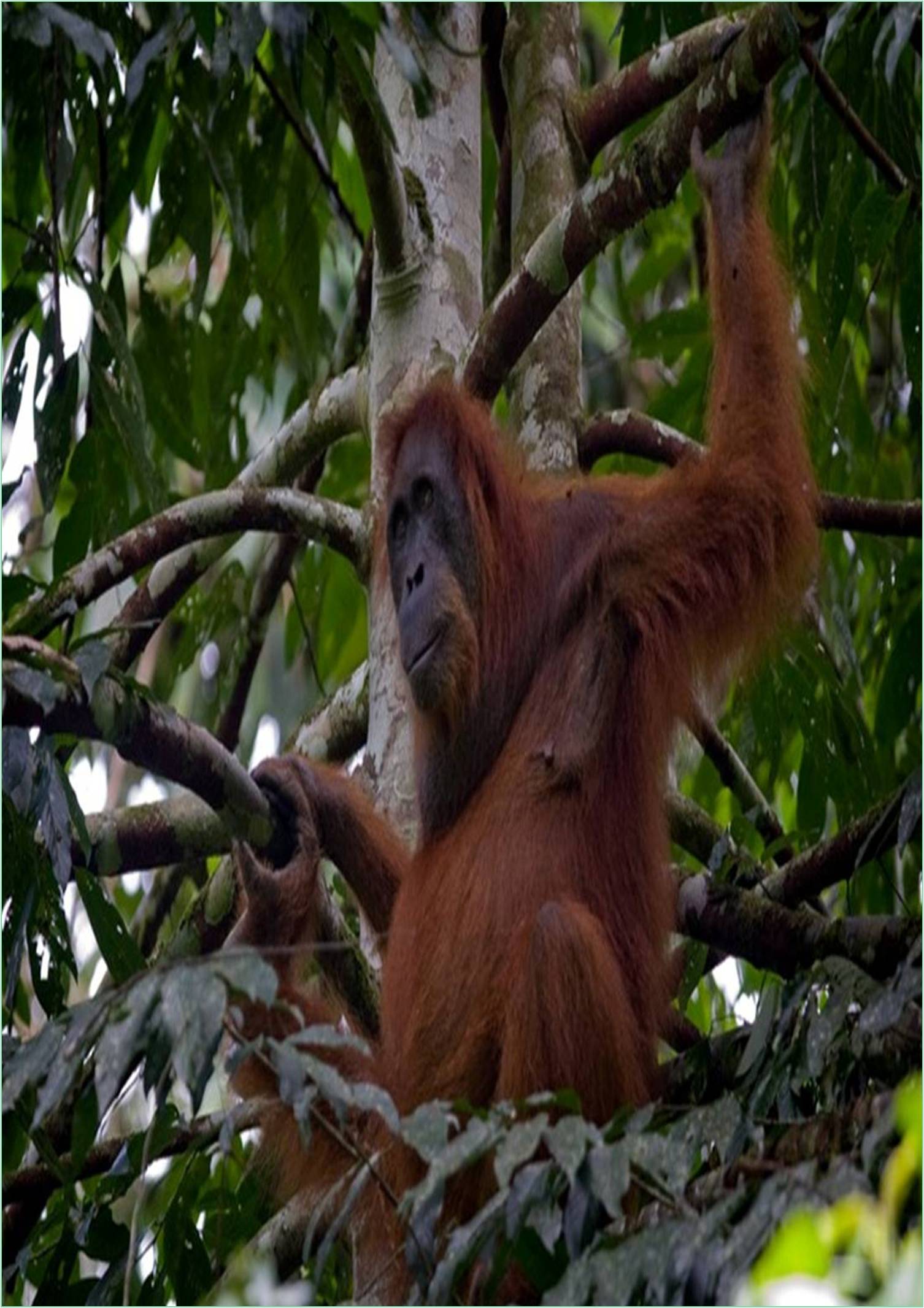



Received: 28-Jan-2022, Manuscript No. JBCR-22-59954; Editor assigned: 31-Jan-2022, Pre QC No. JBCR-22-59954(PQ); Reviewed: 14-Feb-2022, QC No. JBCR-22-59954; Revised: 21-Feb-2022, Manuscript No. JBCR-22-59954(R); Published: 28-Feb-2022, DOI: 10.15651/ JBCR.22.1.9
Species diversity is defined as the number of various species found in an ecosystem and the relative abundance of each of these species (Barnes, 2020). Diversity is greatest when all of the species present are equally abundant in the area. There are constituents of species diversity, Species richness (Number of various species found in an environment), and Species evenness (Relative abundance of individuals of each of these species). It is possible in an environment to have excessive species richness, but low species evenness. For example in a forest, there may also have a huge range of various species (high species richness) but have only some members of each species (low species evenness). The species diversity varies in a distinct geographical region with the tropics having the highest and declines as we move in the direction of the poles (Bennett, 2020). The most species- rich environments are tropical rainforests, coral reefs, and ocean bottom zone. Species richness will increase with the growing explored area.
In a healthy ecosystem, a numerous and balanced range of species exists to preserve the stability of an ecosystem. In an environment, all of the species rely on each other directly or indirectly. So to make an extra efficient, effective and sustainable environment, it is crucial to preserve excessive species diversity (Cardinale, 2007). More diverse ecosystems tend to be greater productive. For example, the environment with an amazing form of producer species will produce huge biomass to help a greater variety of consumer species. Greater species richness and productiveness make an environment more sustainable and stable. More diverse the ecosystem is the capacity to withstand environmental stresses like drought or invasive infestations. Species richness makes an environment capable of responding to any catastrophe (Cebrian, 2009). In Species-rich communities,every species can use a distinctive part of the resources available as per their requirement. For example, plants with smaller roots can take in water and minerals from shallow soil, and plants with deeper roots can tap into deeper soil. Rich diversity is crucial for the survival of mankind. Humans get plenty of products from nature like fruits, cereals, meat, wood, fiber, raisin, dyes, medicine, antibiotics, etc. Pollinators, symbiotic relationships, decomposers, every species carry out a completely unique function, that’s irreplaceable. In the nitrogen cycle, bacteria, and flowers have an important relationship, earthworms make a contribution to soil fertility (Cesarz, 2017). Each species performs a vital role in an environment. The role that a species performs in its ecosystem is called its “ecological niche”. Species may be widely divided into generalist and specialist species.
Generalist species have vast niches. These can stay in many places and might consume a variety of foods. They can thrive in rapidly converting environmental conditions. For example cockroaches, rats, mice, flies, white-tailed deer, raccoons, humans, etc. Specialist species have a narrow niche, are located in only one type of habitat, and feed on some kinds of food. They are more prone to disturbances in environmental circumstances and cannot tolerate change and environmental stress. In the tropical rain forests in which environmental situations are pretty constant, specialist species keep an advantage as they’ve fewer competitors for the resources. Keystone species play a crucial role in preserving species diversity and the integrity of an ecosystem. They have an excessive effect on the types and abundance of species in an environment. These species play several essential roles in supporting certain species (e.g. role in pollination like bees, butterflies) to preserve as well as check the overpopulation of different species to become overly dominant (e.g. top predators like a lion, shark, wolf, etc.). For example, if predatory starfish were removed from an environment, it resulted in different species of mussels out-competing other species and reducing species diversity.
Each species has a vital role to play in an ecosystem. It is essential to conserve diversity because once extinct, we can’t get it back. There are many methods to preserve biodiversity. Biodiversity-rich regions are protected as biosphere reserves, national parks, and sanctuaries i.e. called in-situ conservation (Ebeling, 2014). Protecting Sunderbans for many endangered species just like the royal Bengal tiger, olive ridley sea turtles, mangrove species, etc. Biodiversity hotspots had been recognized, which have excessive species richness. A total of 34 hotspots are recognized globally e.g. Western ghats and Sri Lanka, Indo-Burma, and the Himalayas are rich biodiversity regions of India. India has a tradition of protecting nature. In many cultures, trees and wildlife are given complete protection.